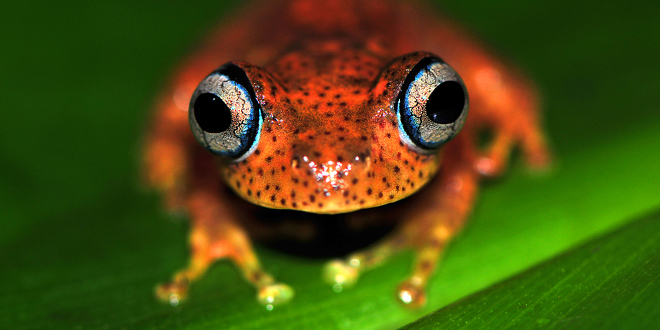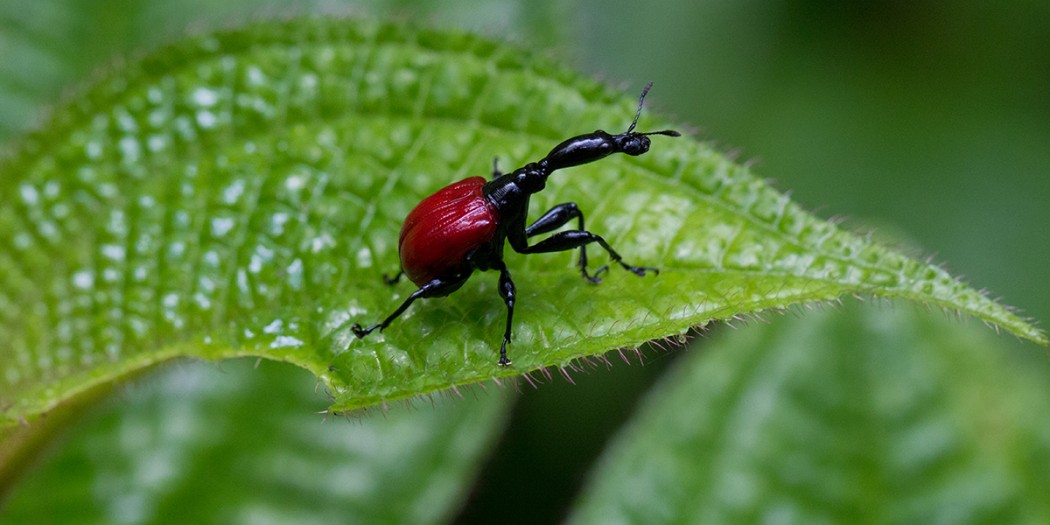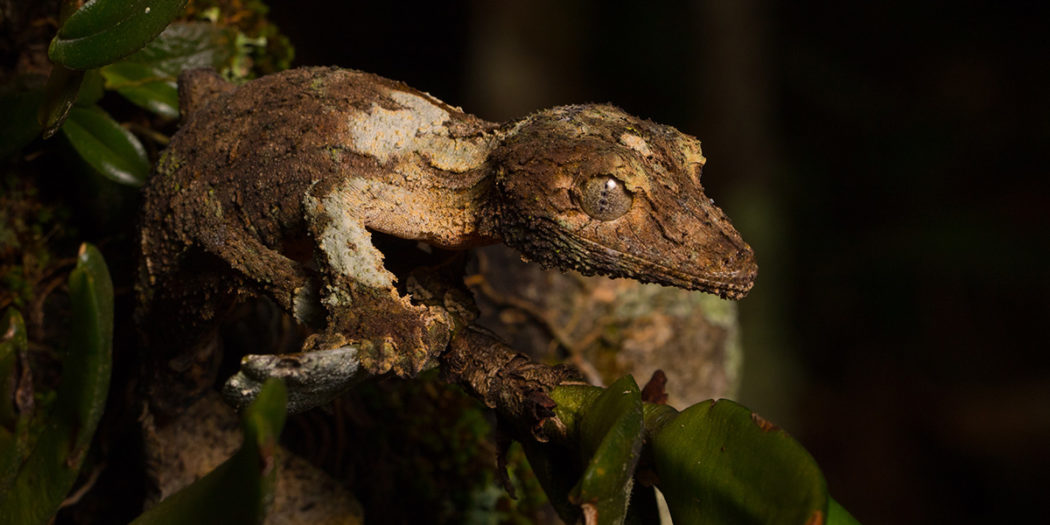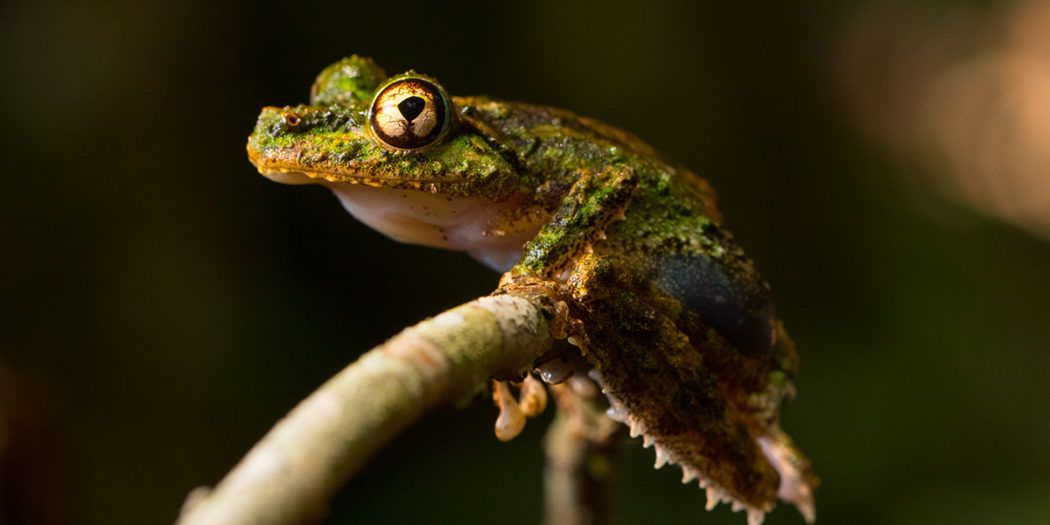Andasibe:
Formerly, this national park and the village Andasibe had the french name Périnet, which derived from French Henri Périnet, who built the train station nearby at the beginning of the 20th century. Today it is a complex of national parks wearing the Malagasy name Andasibe-Mantadia. The Malagasy name Andasibe means as much as “big camp”, which points to the meaning of this village to the first biologists, botanists, and other scientists, who discovered Madagascar in the 18th century for the first time.
Location:
The village Andasibe is located only 130 km east of Antananarivo and therefore only a few hours away from the capital of Madagascar, in the region Alaotra Mangoro. The easy accessibility is one of many advantages. The national park is situated nearby RN2 on the way to Toamasina (Tamatave). The preferred travel option is the own car including a driver, but Taxibrousse drives there regularly, too. Sadly, the last ones tend to be late, have accidents, and are usually overcrowded. Unfortunately, RN2 has worsened during the last years, so you up to date need about four hours to drive from Tana to Andasibe.

Information about the national park:
Andasibe is not only one single national park, but a complex which consists of the forests Mantadia and Analamazaotra. The last one lays in the neighbourhood of the village Andasibe, which gave name to the national park founded in 1989. Mantadia, the biggest part of the 155 km² protected areas, has a size of approximately 120 km² and approximately 20 km far from Andasibe. You need about an hour to drive there. Trips in Mantadia can be quite challenging due to the mountainous character of the forest, which caused not many travelers to find their way to this part of the national park. It is indeed much easier to walk the trails of Analamazaotra, which has a size of about 8,1 km² and offers trips from two to six hours walk. This forest was protected mainly for the rather large population of Indris living there.
In 2006, a IUCN program began to relocate threatened lemur species. During this program, three groups of diademed sifakas and several black and white ruffed lemurs were taken from destroyed forest areas and resettled in Analamazaotra. Since 2007, Andasibe-Mantadia belongs to UNESCO world nature heritage sites. Near the park entry of Analamazaotra, there’s a small orchid garden including a small lake, which is part of the national park, too.

Climate:
Andasibe belongs to Madagascar’s central highlands at altitudes between 900 and 1250 m, that’s why average temperatures stay around 20°C the whole year. At night, it can be quite cool even during warmer summer, when the temperature drops down to 10°C sometimes. The thick tropical forest makes you sweat in the daytime, but a soft breeze from the East always cares for a pleasant cooling. This trade wind also brings clouds to Andasbe, which lay in form of fog over the whole forest in the morning – or come down as rainfall all day. Waterproof clothes should be part of your luggage here.
Infrastructure:
Andasibe is a well-developed place and might be one of the most visited national parks in Madagascar. In and around Andasibe, there are several really nice hotels and lodges, which have raised their prices meanwhile due to the uninterrupted stream of tourists. You will also find small souvenir shops and a lot of restaurants. The park office is located few kilometers from Andasibe’s train station, directly at the park entry of Analamazaotra. This is where you pay entry fees and get a local guide.

Flora & Fauna:
Andasibe-Mantadia is inhabited by more than 100 bird species, endless amphibians, reptiles, insects, and 14 lemur species. The loudest and most famous animal is the Indri (Indri indri) jumping through the treetops, whose calls reach far away through the forest and awake many guests in the morning. Diademed sifakas (Propithecus diadema) and black and white ruffed lemurs (Varecia variegata) live inside these rainforests, too. All three species as well as several others can be watched inside the national park quite well, especially Indris and diademed sifakas are rather used to humans and may be watched sometimes in only a few meters distance.
Reptile lovers will be lucky to see a subspecies of the Parson’s chameleon, Calumma parsonii cristifer, but also other chameleons like. Calumma brevicorne or Furcifer wilsii. Day geckos live all around the park and often you find them on huts and palm trees taking sunbaths. The completely harmless Malagasy tree boa (Sanzinia madagascariensis) crawls on the ground and climbs trees here, too. Insect lovers can discover strange, only here occurring bugs like lantern bugs (Zanna pauliani) or the famous giraffe necked weevil (Trachelophorus giraffae). Do you prefer plants? Then Andasibe could be your favorite, too: Rare orchids, a huge number of tree ferns and other endemic plants offer pure variety. Unfortunately, the endemic flora is interrupted in several places by invasive introduced species like European pine, Australian eucalyptus, or Asian bamboo. But the local people strive to stem the growth of these intruders.
 MADAMAGAZINE Your Magazine about Madagascar
MADAMAGAZINE Your Magazine about Madagascar
















